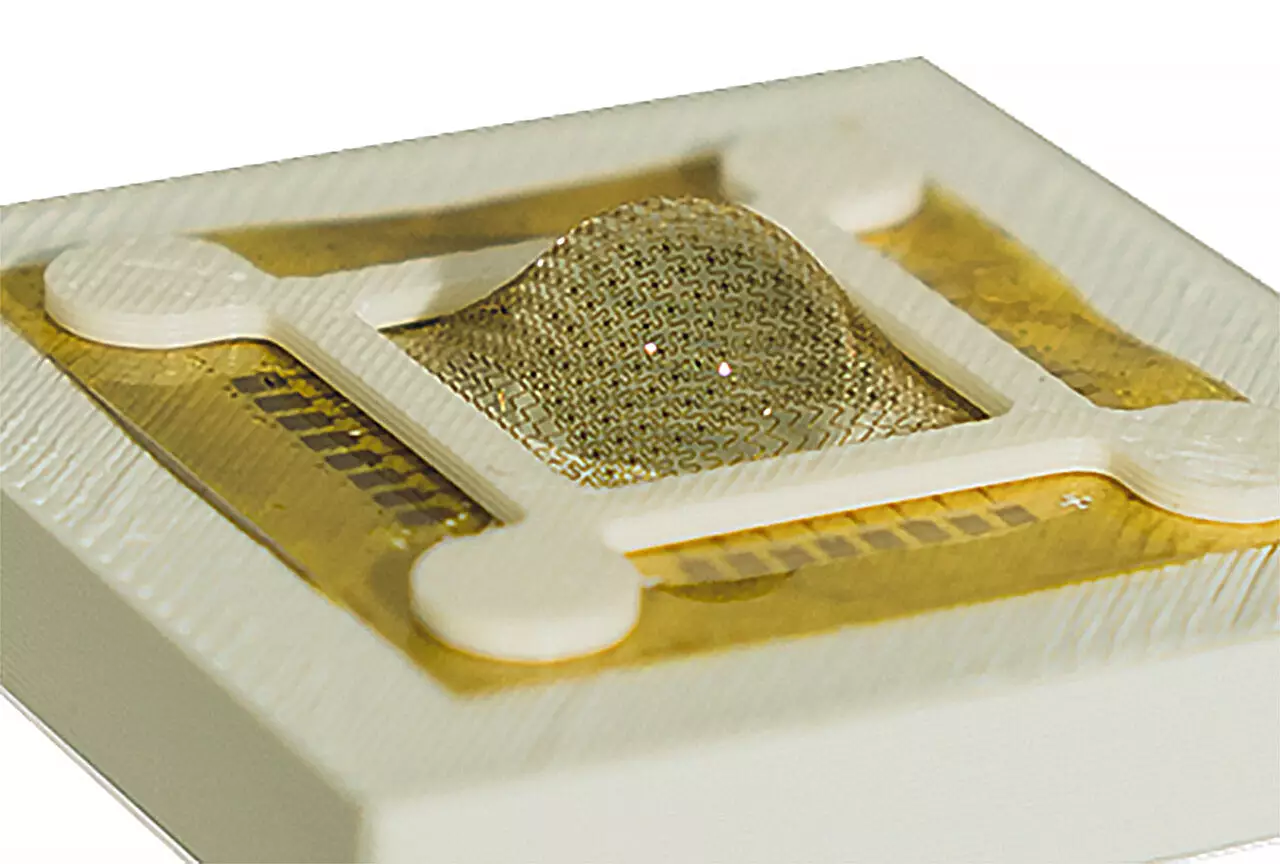Self-driving cars have been making headlines for their incredible advancements in technology, but they still face challenges when it comes to processing visual data. The limitations of their systems, which struggle with static or slow-moving objects in 3D space, have prompted researchers to look towards nature for solutions.
Taking a cue from the remarkable vision of the praying mantis, a team of researchers at the University of Virginia School of Engineering and Applied Science has developed artificial compound eyes that can revolutionize the way machines collect and process visual data. By mimicking the binocular vision and depth perception of the praying mantis, these artificial eyes are a game-changer in the field of optoelectrical engineering.
The innovative system developed by the research team integrates microlenses and multiple photodiodes, carefully designed to replicate the biological capabilities of the mantis eyes. Using flexible semiconductor materials to emulate the convex shapes and faceted positions within the mantis eyes, the team has achieved a breakthrough in creating a sensor array that provides a wide field of view and superior depth perception.
The potential applications of this technology are vast, ranging from low-power vehicles and drones to self-driving cars, robotic assembly, surveillance systems, and smart home devices. By significantly reducing power consumption and processing visual information in real-time, this system has the potential to transform the way machines interact with dynamic surroundings.
The integration of flexible semiconductor materials, conformal devices, in-sensor memory components, and post-processing algorithms represents a significant technological breakthrough. By continuously monitoring changes in the scene and encoding this information into smaller data sets, this system mirrors the way insects perceive the world through visual cues, providing efficient and accurate 3D spatiotemporal perception.
The work of this research team demonstrates the power of biomimicry in solving complex visual processing challenges. By drawing inspiration from nature, they have created a system that could inspire other engineers and scientists to think creatively when faced with technological hurdles. By combining advanced materials and algorithms, this team has paved the way for a new era of visual data processing.
The development of artificial compound eyes inspired by the praying mantis represents a significant leap forward in the field of optoelectrical engineering. By mimicking the unique visual capabilities of insects, researchers have created a system that has the potential to revolutionize the way machines perceive and interact with the world around them. This groundbreaking technology not only addresses current limitations in visual data processing but also opens up a world of possibilities for future innovations.


Leave a Reply
You must be logged in to post a comment.